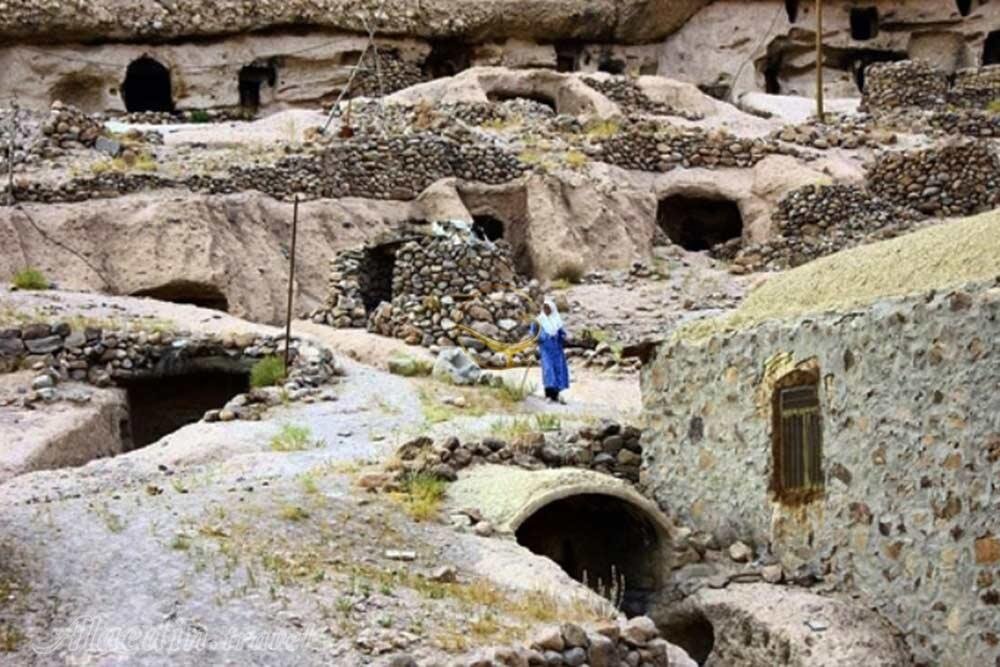In-depth study starts on Iran’s UNESCO-tagged ‘village of troglodytes’

TEHRAN – A comprehensive study has been commenced on the UNESCO-registered Maymand in a bid to expand protective measures on this ancient manmade-cave dwelling where the then residents made a living about five or six millennia ago in what is now a village in the southeastern Kerman province.
It is a periodic study every corner of this man-dug troglodyte architecture is being monitored in order to recognizer possible flaws, places in need of restoration to better preserve and maintain the integrity and authenticity of this UNESCO site, Reza Riahian, the director of the World Heritage site, said on Thursday.
Riahian added that achieving a complete and comprehensive data of the appearance, static architecture, originality, ownership and determining the type of use of architectural spaces in Maymand village is “an essential”.
“The project is being carried out by archaeologists and experts who are affiliated with the World Heritage site and currently the mapping, and the plan of the site is being renewed.”
The cultural landscape of Maymand was named a UNESCO World Heritage in 2015 as an exemplar system of manmade cave dwelling that is believed to be practiced in the region to cope with its harsh climate.
Sandwiched between a desert and a mountain, Maymand has cold winters and exceedingly hot summers yet abundant with mulberry and blackberry trees. Living conditions in the village are considered as severe due to the aridity of the land, high temperature in the summertime and very cold winters.
It is believed to be one of human’s primary residences in the country as its history stretches far back in time to about 10,000 years ago. Some of its natural and manmade caves are still used for housing and shelter.
The houses in the continually inhabited village are carved like caverns inside the mountain. The internal spaces have corridors and pillars featuring a rural architecture. The houses are situated in four or five stories, one on top of the other.
Narratives say the early residents did not use hammer and chisel, but rather a type of local, pointed stone which was hard enough to carve images onto the rocks. This method of carving is still practiced in the region. Some of the stone engravings in the village date back to 10,000 years ago. The majority of inhabitants are semi-nomadic shepherds. They raise their animals on mountain pastures, living in temporary settlements in spring and autumn.
The community has a strong bond with the natural environment that is expressed in social practices, cultural ceremonies, and religious beliefs. The local dialect contains words from the ancient Sassanid and Pahlavi languages. The dialect has been barely changed due to the remoteness of the village.
AFM/MG
Leave a Comment